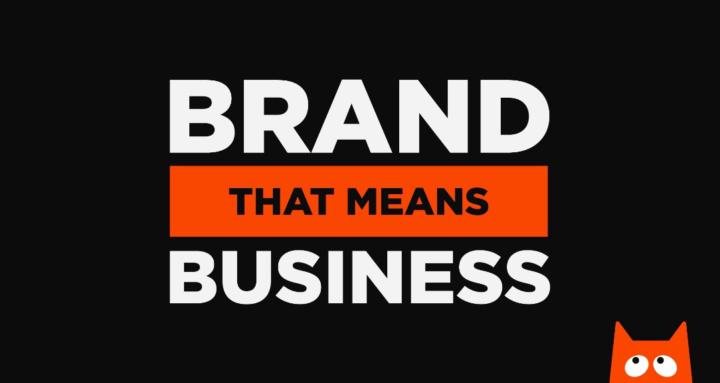3d • General discussion
Discipline 1: Differentiate
When I first started out, I was guilty of trying to do everything. Logo design, posters, websites, anything that came my way. I thought the more services I offered, the more chances I’d have to win work. The reality was the opposite. I wasn’t standing out. I looked like every other designer who’d do a bit of everything, and there was nothing about me that made people choose me over the next person.
That’s the exact problem most businesses have. They think the way to grow is to add more. More services, more markets, more “we also do this.” But the more you pile on, the less focused your brand becomes. When you try to appeal to everyone, you end up appealing to no one. A brand that tries to be everything to everyone usually ends up being nothing to anyone.
Differentiation is about stripping back and sharpening the edges. It is about being crystal clear on who you are, what makes you different, and why anyone should care. And that is not easy because it usually means saying no to things. It means letting go of ideas that don’t fit, ignoring trends that don’t match your brand, and being comfortable with focus even when it feels risky.
The brands we remember are the ones that have the courage to focus. They do not try to do a hundred different things. They pick their lane and they own it. That is why you can sum them up in a sentence. Harley is freedom on the road. Nike is performance and motivation. Apple is creativity and innovation made simple. These brands do not confuse you, they do not blend in, they stand for something you can feel straight away.
And this is where psychology comes into it. Look at the dots on the graphic. Straight away the orange one jumps out from the black ones. But here is the funny part, while you were spotting the dots, your brain also separated them from the text without you even realising it. You did not confuse the two. And not only that, you probably read the big title before you even glanced at the smaller misc text. That is how fast our brains sort things by difference, colour, shape, size, type. And that is exactly how people process brands too.
People do not study every detail of a brand, they notice what stands out and then decide if it is worth paying attention to. If everything looks and feels the same as everyone else, the brain just filters it out. But when something breaks the pattern, when it shows up differently, that is the thing people notice and remember.
A simple way to see if your brand is clear enough is to ask three questions:
Who are you?
What do you do?
Why does it matter?
Most people can answer the first one easily. The second one takes a bit more thought. But the third one, why it matters, that’s where things usually fall apart. If you can’t explain why what you do actually matters to people, then you’re probably not differentiated enough.
This isn’t the full process i use, but it is a good way to expose whether your brand feels sharp or if it’s still a bit muddy. If those answers come out vague, long-winded, or sound like anyone else in your market, then you’ve still got work to do.
For me personally, the shift came when I stopped calling myself a “graphic designer” and taking on anything that landed in my inbox. Once I narrowed my focus down to brand design and so on, things started to click. That focus is what gave me clarity, and it is the same clarity every brand needs.
That is why Differentiate is the first discipline. The others are just as important, but this one sets the foundation. If you do not stand out, everything else you do has less weight behind it.
So here is the takeaway. Do not try to be the best at everything. Figure out what makes you different, focus on it, and own it.
1
0 comments
powered by

skool.com/brand-that-means-business-5371
Branding explained. For businesses and designers who want to make branding work for them.
Suggested communities
Powered by
